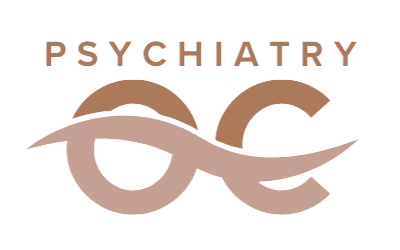depression
anxiety disorders
alcohol and drug use problems
eating disorders
Post traumatic stress disorder
traumatic brain injury
Cognitive Behavioral Therapy (CBT)
CBT helps you become aware of cognitive distortions and negative thinking so you can view challenging situations more clearly and respond to them in a more effective way.

Cognitive behavioral therapy (CBT) is a form of psychological treatment is effective for the following:
Benefits of CBT ...
Numerous research studies suggest that CBT leads to significant improvement in functioning and quality of life. In many studies, CBT has been demonstrated to be as effective as psychiatric medications depending on severity of mental illness.
Indeed, CBT is an approach for which there is ample scientific evidence that the methods that have been developed actually produce change.
Steps in CBT
Cognitive Behavioral Therapy typically includes these steps:
Identify troubling situations or conditions in your life
Become aware of your thoughts, emotions and beliefs about these problems
Identify cognitive distortions.
Reshape thinking patterns

Dialectical Behavioral Therapy (DBT)
DBT is a comprehensive, evidenced based group and individual therapy modality. DBT uses skills-based approach to teach you how to manage your emotions, tolerate distress and improve relationships.

Core Skills:
Mindfulness – Become aware of your thoughts and emotions. Observe yourself without judgment.
Emotion regulation – Manage emotions. Change unproductive emotions. Create positive emotions.
Distress Tolerance – Deal with difficult situations. Cope with pain. Become confident and resilient.
Interpersonal Effectiveness – Ask for what you want. Say no. Manage conflict. Create relationships.
Eye Movement Desensitization & Reprocessing (EMDR)
CBT helps you become aware of cognitive distortions and negative thinking so you can view challenging situations more clearly and respond to them in a more effective way.
- A structured therapy that encourages the patient to briefly focus on the trauma memory while simultaneously experiencing bilateral stimulation (typically eye movements), which is associated with a reduction in the vividness and emotion associated with the trauma memories.
- During EMDR therapy, clinical observations suggest that an accelerated learning process is stimulated by EMDR’s standardized procedures, which incorporate the use of eye movements and other forms of rhythmic left-right (bilateral) stimulation (e.g., tones or taps). While clients briefly focus on the trauma memory and simultaneously experience bilateral stimulation (BLS), the vividness and emotion of the memory are reduced

